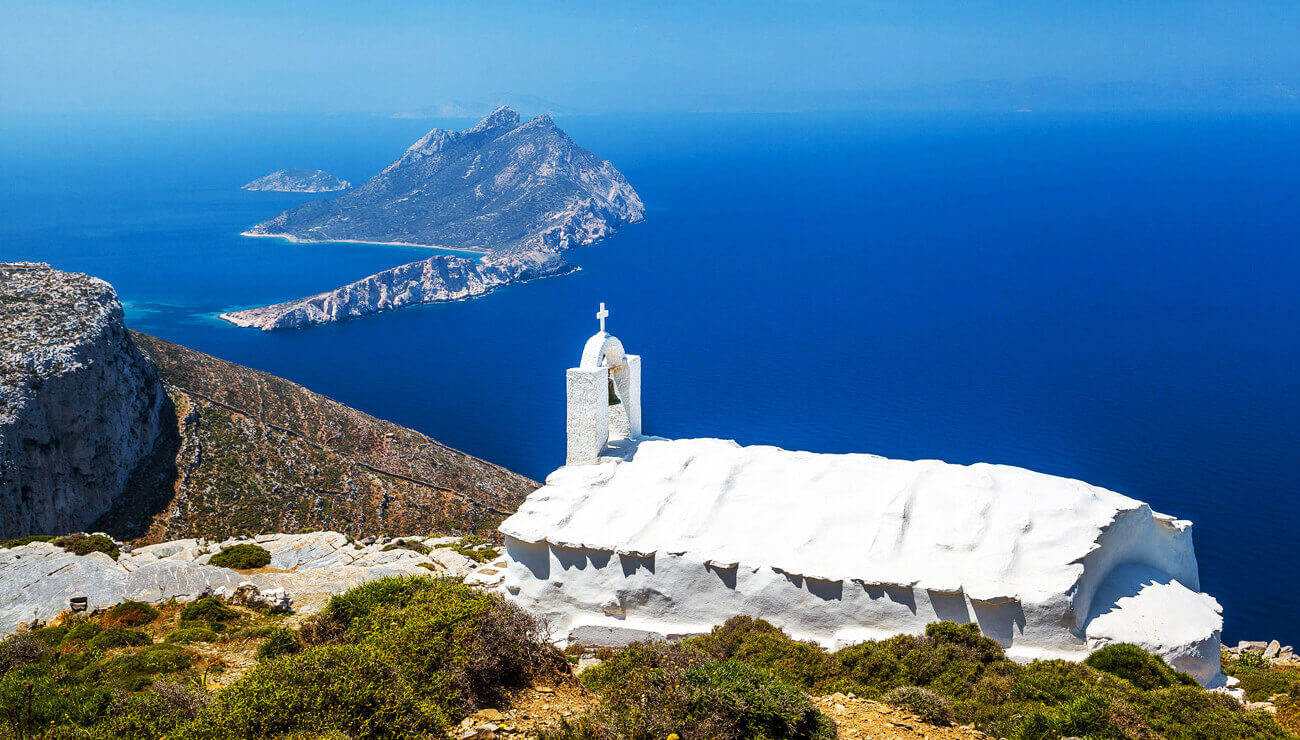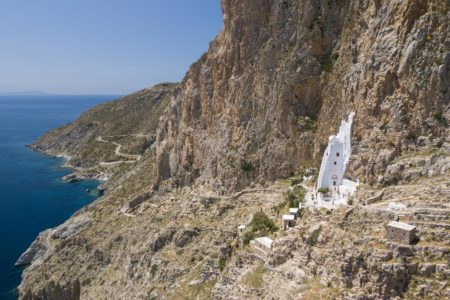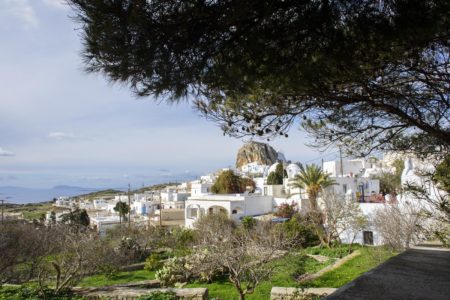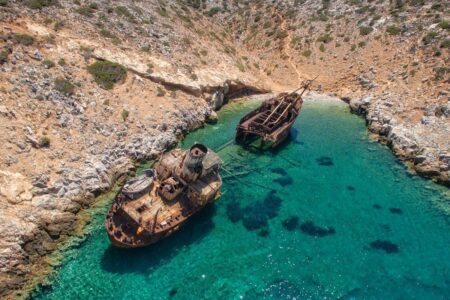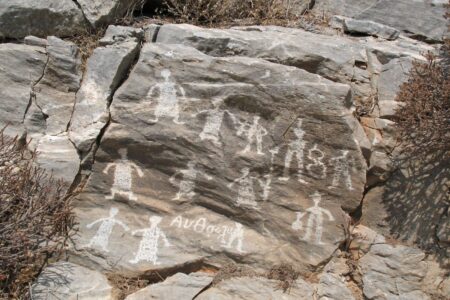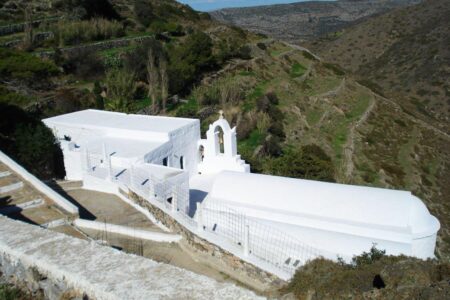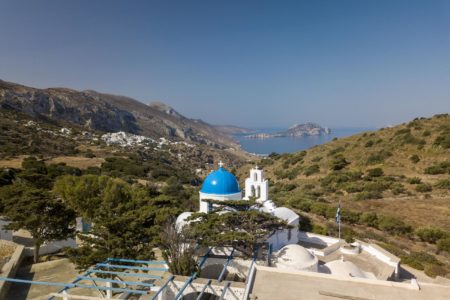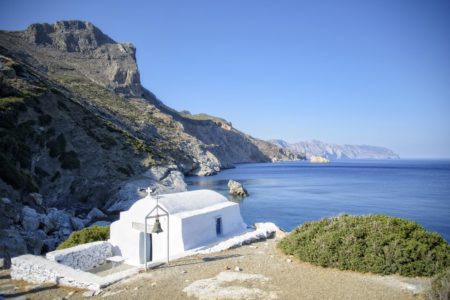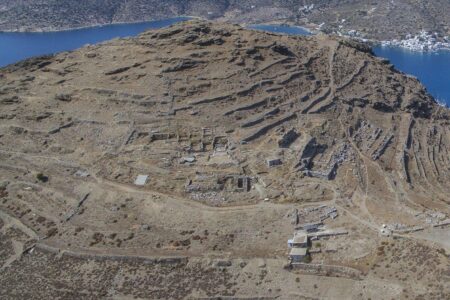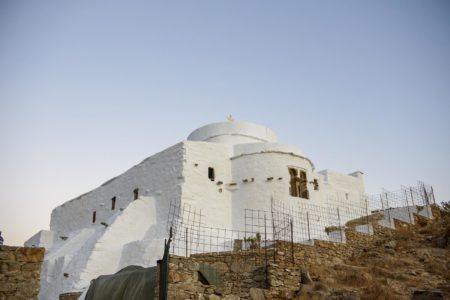Clinging in the rock face 300 metres above the sea, the monastery of Panagia Hozoviotissa is unquestionably the landmark of Amorgos. Dedicated to Virgin Mary, it was built in the 11th century and was one home of 100 monks. Being one of the oldest monasteries, in fact the 2nd in Greece, it is considered the most impressive monastery in the Aegean not only for its unique construction but also for the way in which its eight floors grip the rock. Climb 300 steps to admire the dazzling white of its walls against the deep-blue sky and sea.
This website uses cookies so that we can provide you with the best user experience possible. Cookie information is stored in your browser and performs functions such as recognising you when you return to our website and helping our team to understand which sections of the website you find most interesting and useful.

 +30 6973 040354
+30 6973 040354